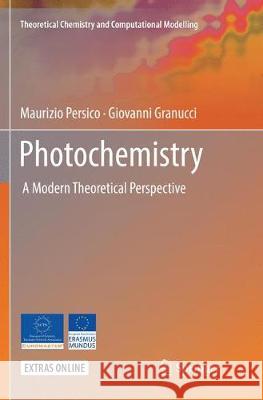Photochemistry: A Modern Theoretical Perspective » książka
topmenu
Photochemistry: A Modern Theoretical Perspective
ISBN-13: 9783030079062 / Angielski / Miękka / 2019 / 263 str.
Kategorie BISAC:
Wydawca:
Springer
Seria wydawnicza:
Język:
Angielski
ISBN-13:
9783030079062
Rok wydania:
2019
Wydanie:
Softcover Repri
Numer serii:
000466839
Ilość stron:
263
Waga:
0.45 kg
Wymiary:
23.37 x 22.35 x 1.27
Oprawa:
Miękka
Wolumenów:
01











